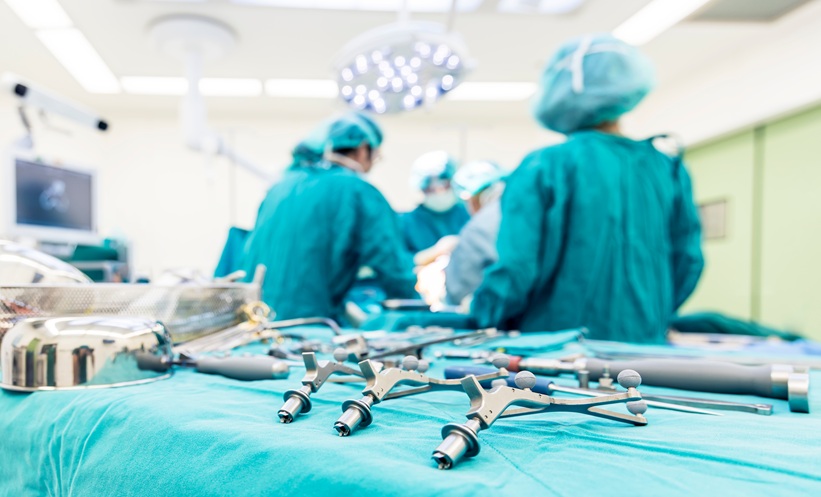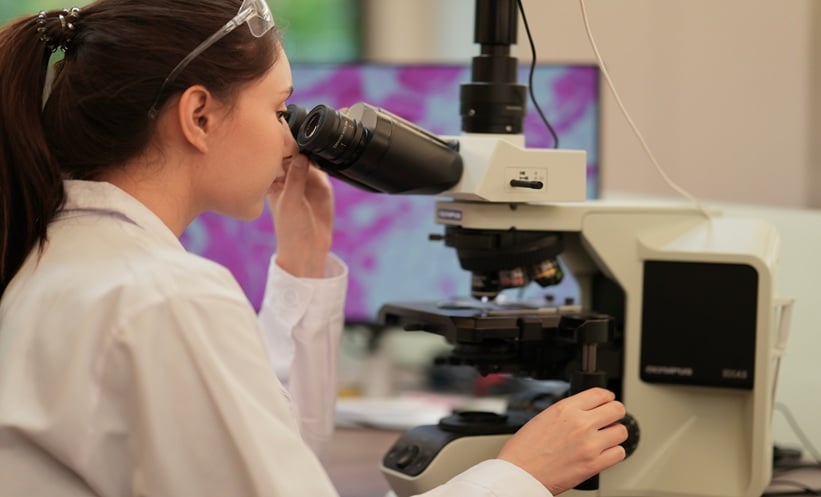ROBOTIC-ASSISTED techniques could one day enhance the precision of Mohs micrographic surgery (MMS) for rare cutaneous sarcomas such as dermatofibrosarcoma protuberans (DFSP), but current technology remains ill-suited for skin-level applications, according to recent research. DFSP is a rare, locally aggressive tumor where achieving histologically negative margins is critical to preventing recurrence. MMS has transformed surgical outcomes in DFSP by allowing sequential, layer-by-layer excision with immediate histologic assessment, ensuring precise margin control. However, the procedure can be technically demanding, especially in anatomically complex regions or when tumor spread is subtle and extends deeply or peripherally.
Emerging robotic microsurgical platforms offer features such as tremor elimination, enhanced high-resolution imaging, and ergonomic control, which conceptually could improve consistency and precision in MMS. Yet, these systems are currently optimized for deep-tissue procedures and fall short in tactile sensitivity, adaptability to superficial operative fields, and integration with the mapping protocols used in dermatologic surgery.
Proposals to integrate artificial intelligence into MMS for real-time histopathologic interpretation also face significant obstacles. Regulatory approval, clinical validation, and the ability to generalize across diverse patient and tumor profiles remain major barriers. Without addressing these limitations, adoption into routine dermatologic oncology practice is unlikely.
The authors emphasize that while the combination of robotics and AI in MMS represents an exciting vision for precision oncology, translating it into clinical reality will require fundamental reengineering of surgical systems, robust validation in clinical trials, and alignment with regulatory standards. They call for interdisciplinary collaboration between dermatologic surgeons, engineers, and pathologists to develop technologies capable of performing surface-level robotic excisions tailored for sarcoma care.
Reference:
Sabir MH et al. Reframing robotics in Mohs surgery for rare cutaneous sarcomas: conceptual promise and clinical realities in precision oncology. Rev J Robot Surg. 2025;19:467.







